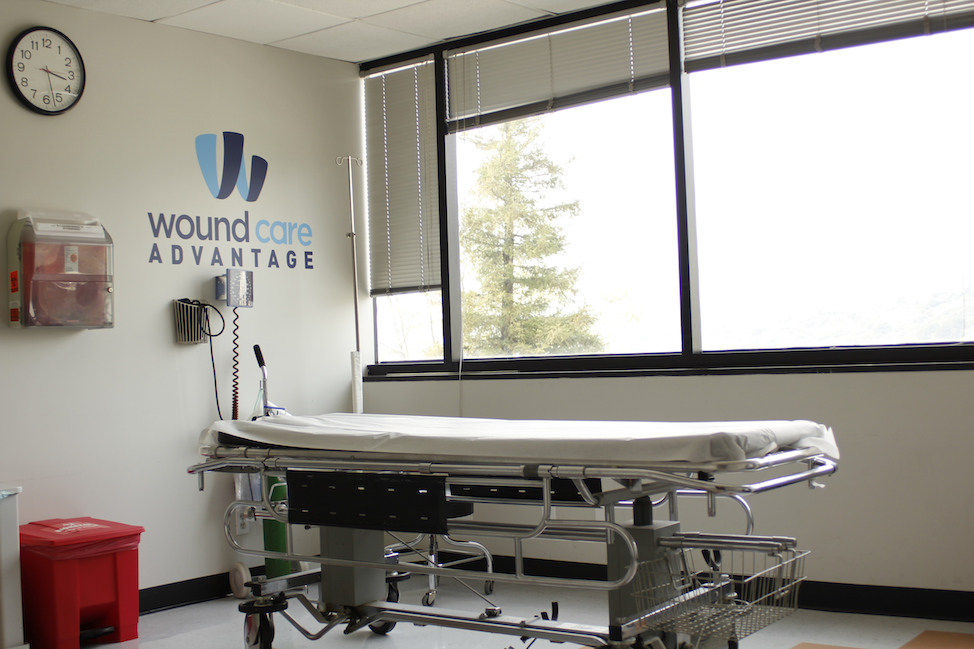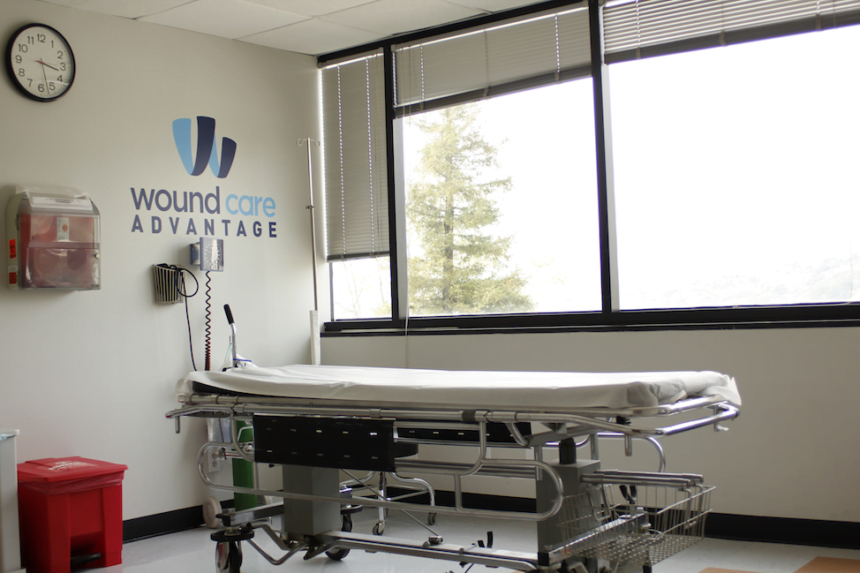

I am not a wound care patient, but unfortunately during the last few months I have had to witness a parent battle the challenges of two non-healing wounds. One of my parents recently developed non-healing diabetic foot ulcers on both feet. Luckily for our family, I work for a wound care management company and I was able to access second, third and fourth opinions from the leading experts in our field of healthcare. Many others may not be as lucky. They don’t recognize the dangers that accompany a non-healing wound, such as the possibilities of infection and amputation. Others let it go out of fear until the options for treatment are extremely limited.
I thought it would be a good idea to help spread the word by interviewing some of our wound care clinicians. Christina Le is the Director of Clinical Operations at Wound Care Advantage and is predominantly based out of USC/VHH wound center, but also works out of the UCLA wound center. She shares the belief that if you take the fear out of healing, we can treat patients much earlier in the chronic wound processes.
What to Expect on the First Visit
On a patient’s first visit to a wound center, it is important to know what to expect. Le says that the first visit is generally 30-45 minutes in length depending on their health condition. “We discuss topics and gather information about how long they have had their wounds, are they diabetic, their pain level and what have they been using to treat the wound,” she said. “They should also expect to possibly meet with physicians, nurses and clinical staff at the center.” According to Le, first visit treatments sometimes include debridement, multilayer compression wraps, X-rays, vascular studies, and cultures.
Common Types and Causes of Non-Healing Wounds
Like other things in healthcare, non-healing wounds come in a variety of sizes with multiple causes. Pooja Patel is the Program Director at USC Verdugo Hills Hospital, wound care services in Verdugo Hills, California. Her team treats various types of wounds in the wound center. “Some of the common types of non-healing wounds include Diabetic ulcers, venous ulcers, pressure ulcers and trauma wounds, aka skin tears,” Patel said. Le said that there are many different types of causes of wounds but there are certain causes that seem most common. “I would have to say patients walking without shoes, bumping into things, or falling are among the most common types of causes to wounds,” she said. Patel adds that diabetes and obesity are often at the root source behind non-healing wounds.
Length of Healing Time
According to Le and Patel, a patient who is actively treated for a non-healing wound can typically heal between eight and nine weeks. However, it is very important to understand that there are many different elements at play, which can lengthen the healing time of any wound. Preexisting conditions always come into play, as well as the overall health of the patient. “We assess diabetic patient’s blood sugar levels and the Wagner scale of their wound to see if they qualify for HBO,” Le said. “A patient that is obese must also battle lifestyle changes surrounding their diet and exercise, in order to heal properly.” “The number of visits required in that time can also vary depending on the complexity of the wound,” Patel said.
The Home Lifestyle of a Wound Care Patient
Almost all wound care patients will need to make adjustments to their home life. If a person is a smoker they are urged to quit immediately because of smoking’s impact on the body’s ability to heal. Le said that they are also urged to start a steady vitamin regimen and follow basic nutrition guidelines. “We suggest that the patient or a family member install night lights around the home to avoid further injuring the wound during the night,” Le said. “Patients and family members must also pay attention when learning how to dress the wound correctly.” Sleeping can also be difficult for a person with a wound, especially if they are urged to wear an offloading device throughout the night.
As I was putting this article together, my own parent had to undergo debridement surgery today for one of the non-healing ulcers. As anyone with an aging parent knows, you never want to see your parent put under for any type of procedure. I have had to watch the lifestyle of my loved one change greatly the last few months. I have witnessed someone who was pretty active prior to wounds having to wear giant black offloading devices all day long. I have witnessed someone, who spends summers at the beach, not be able to go in the sand. I have witnessed someone who used to sleep fine, and now have trouble falling asleep. This is all made worse for me because I work remotely and we do not have a WCA center in the greater Philadelphia area, resulting in me automatically questioning the care given everywhere else. Because of this I feel naturally jealous that my loved one can’t get the same passionate care from our clinical teams that I get to witness firsthand. However, I am comforted by the growing wound care industry and I am closely monitoring his care through the clinical opinions of my coworkers.








